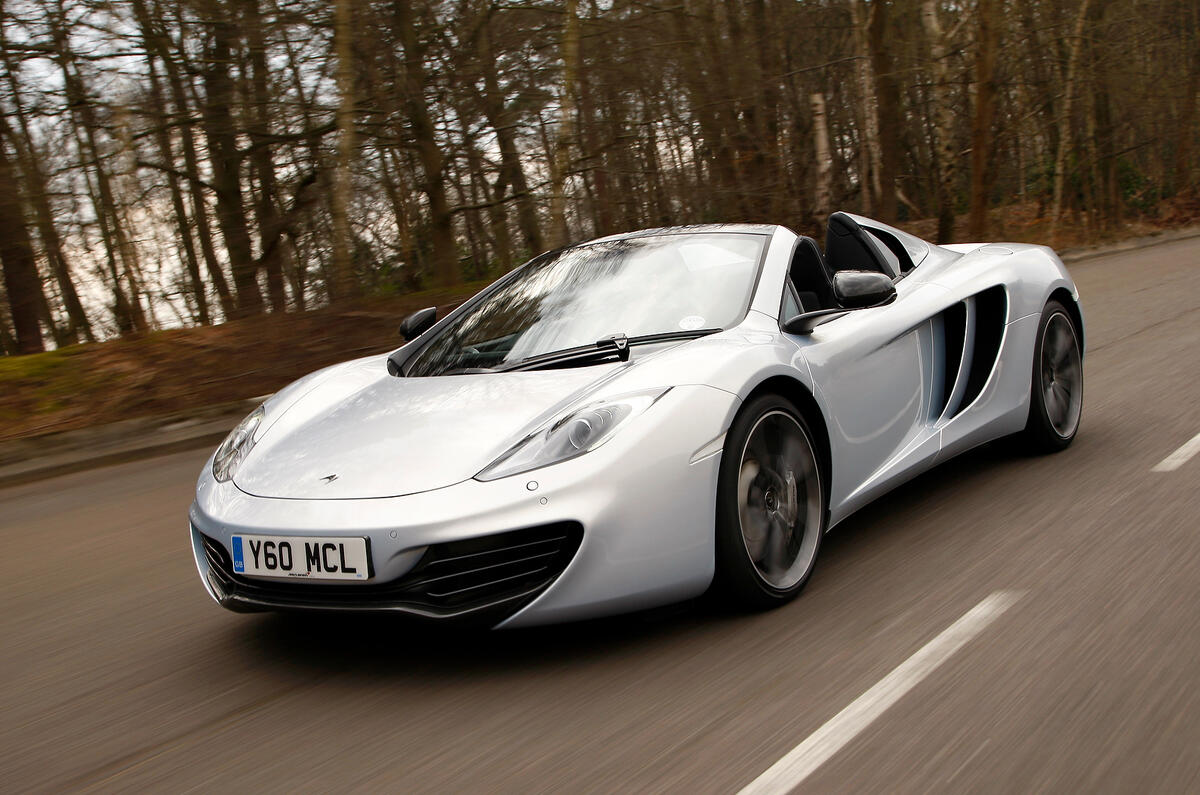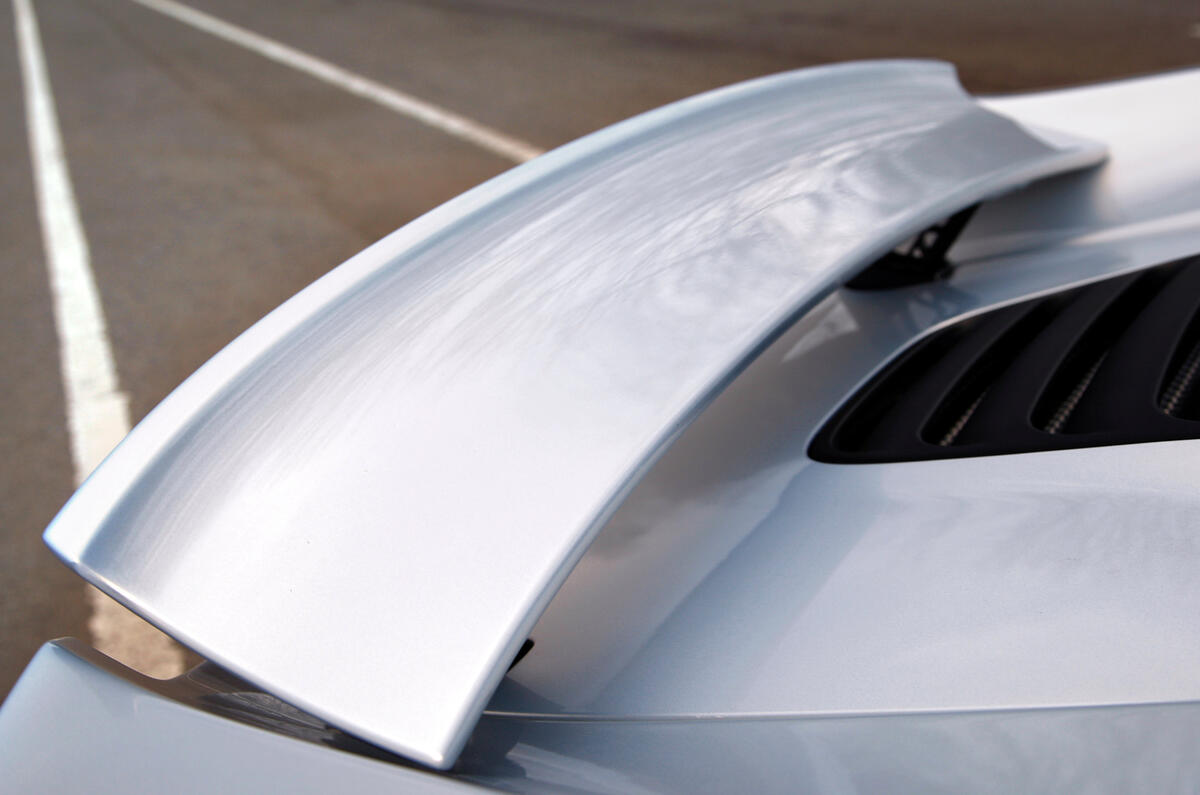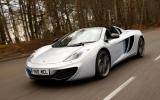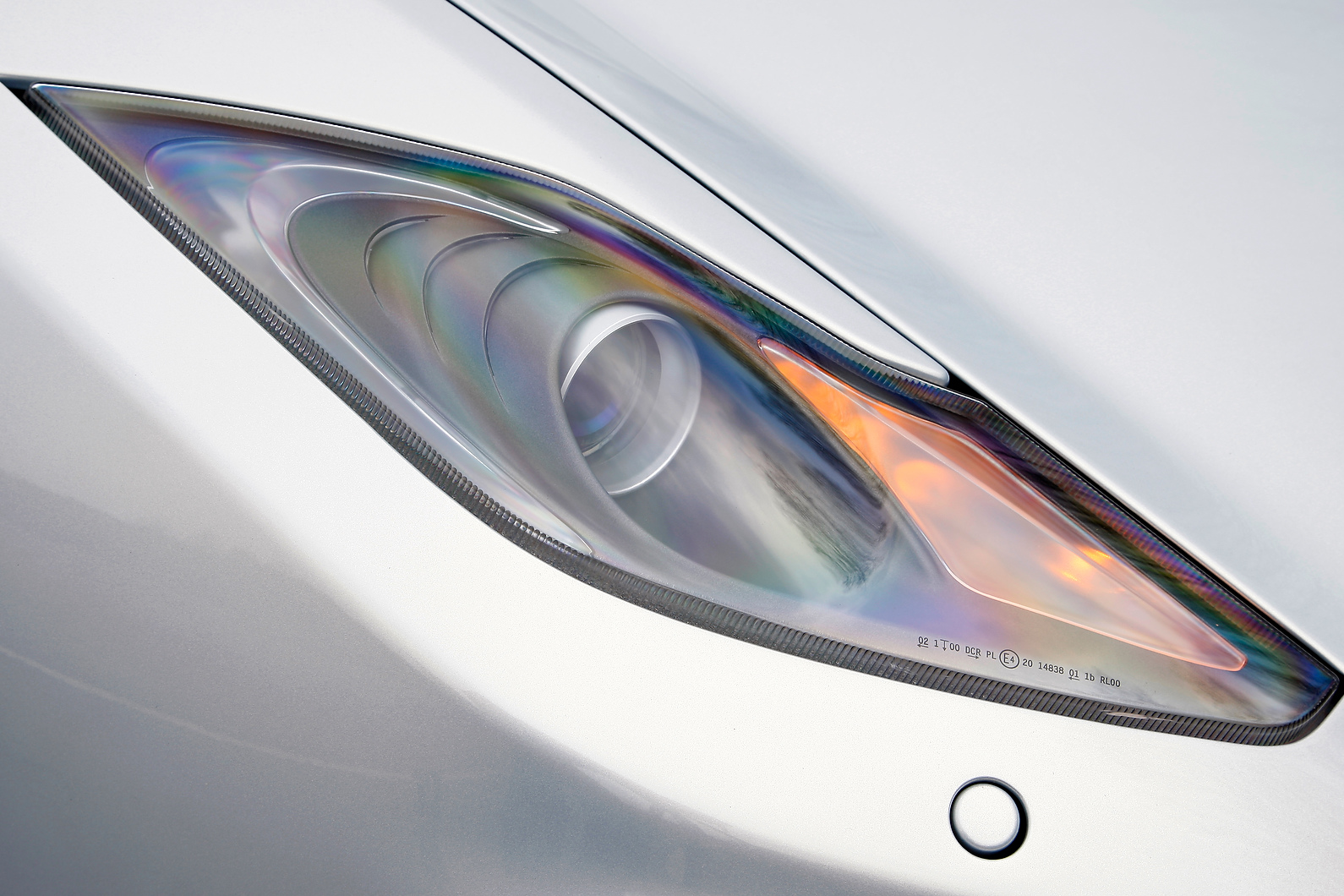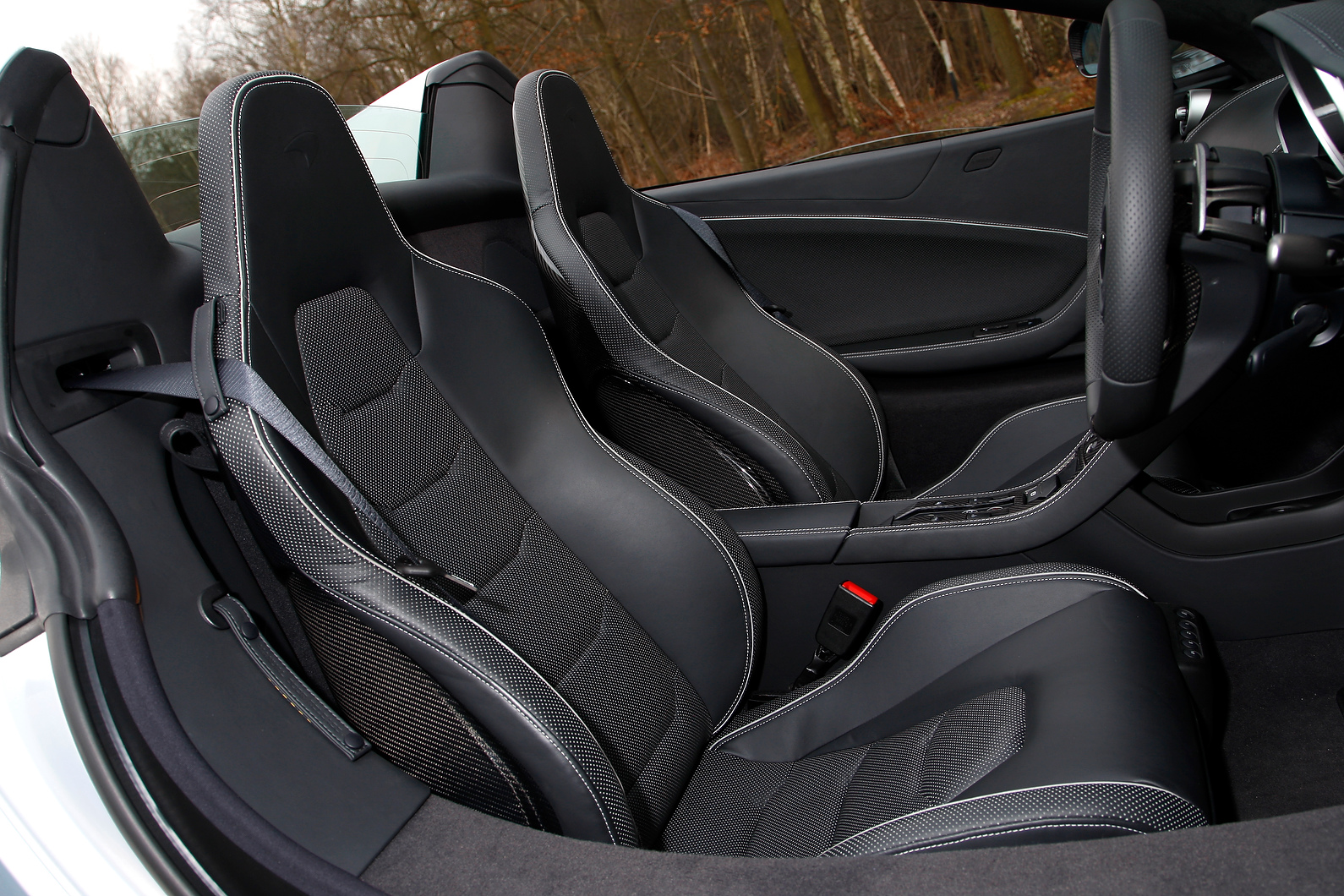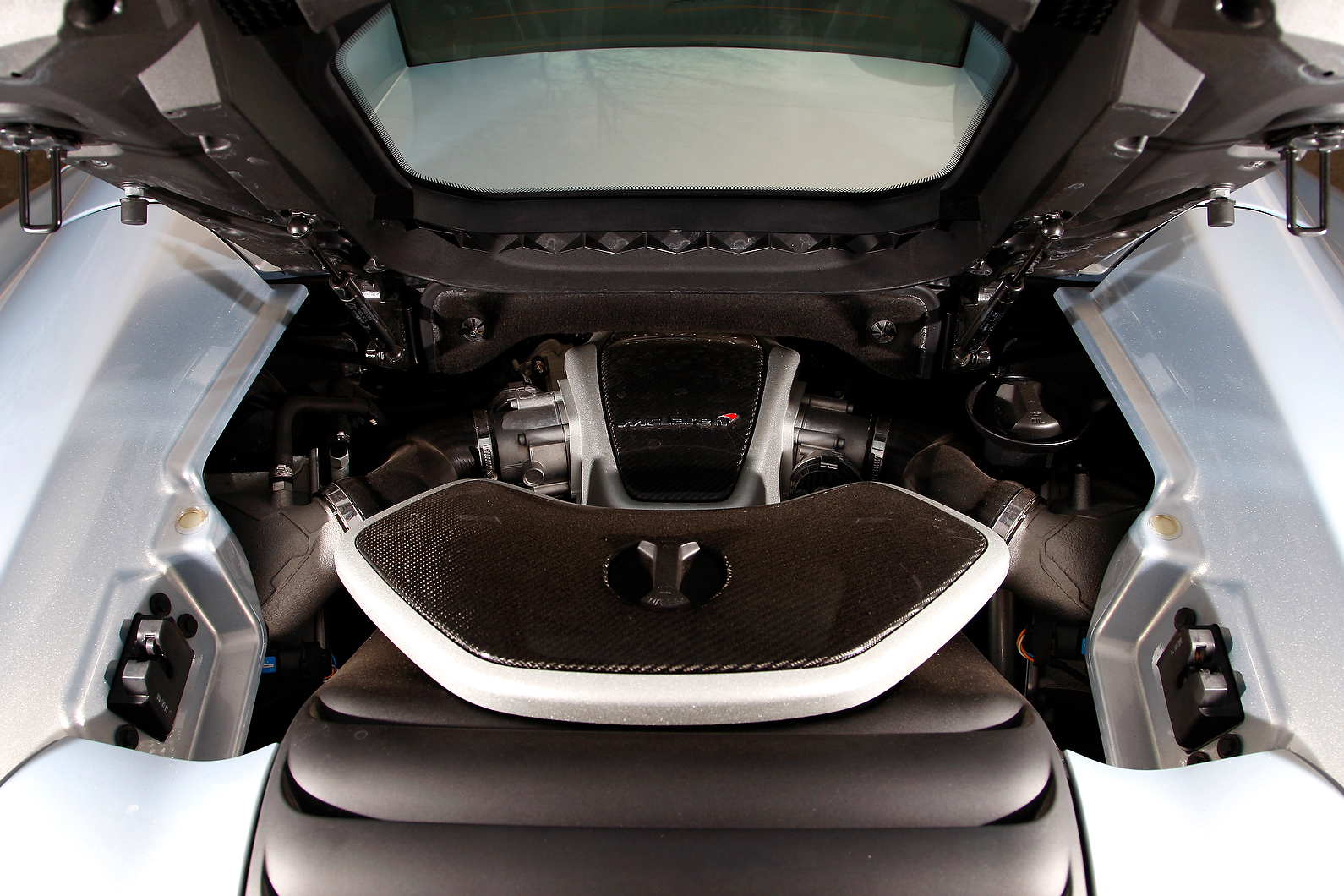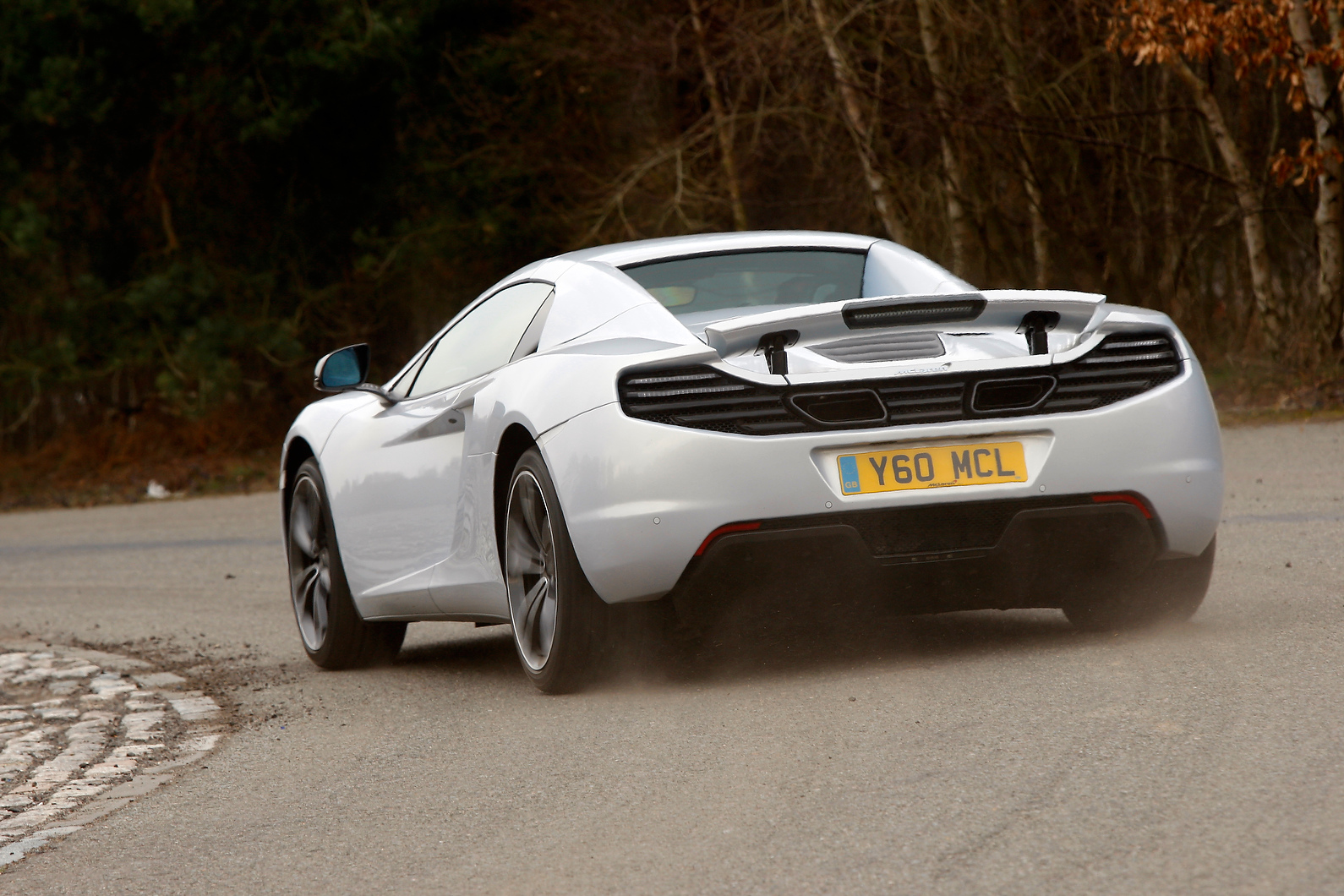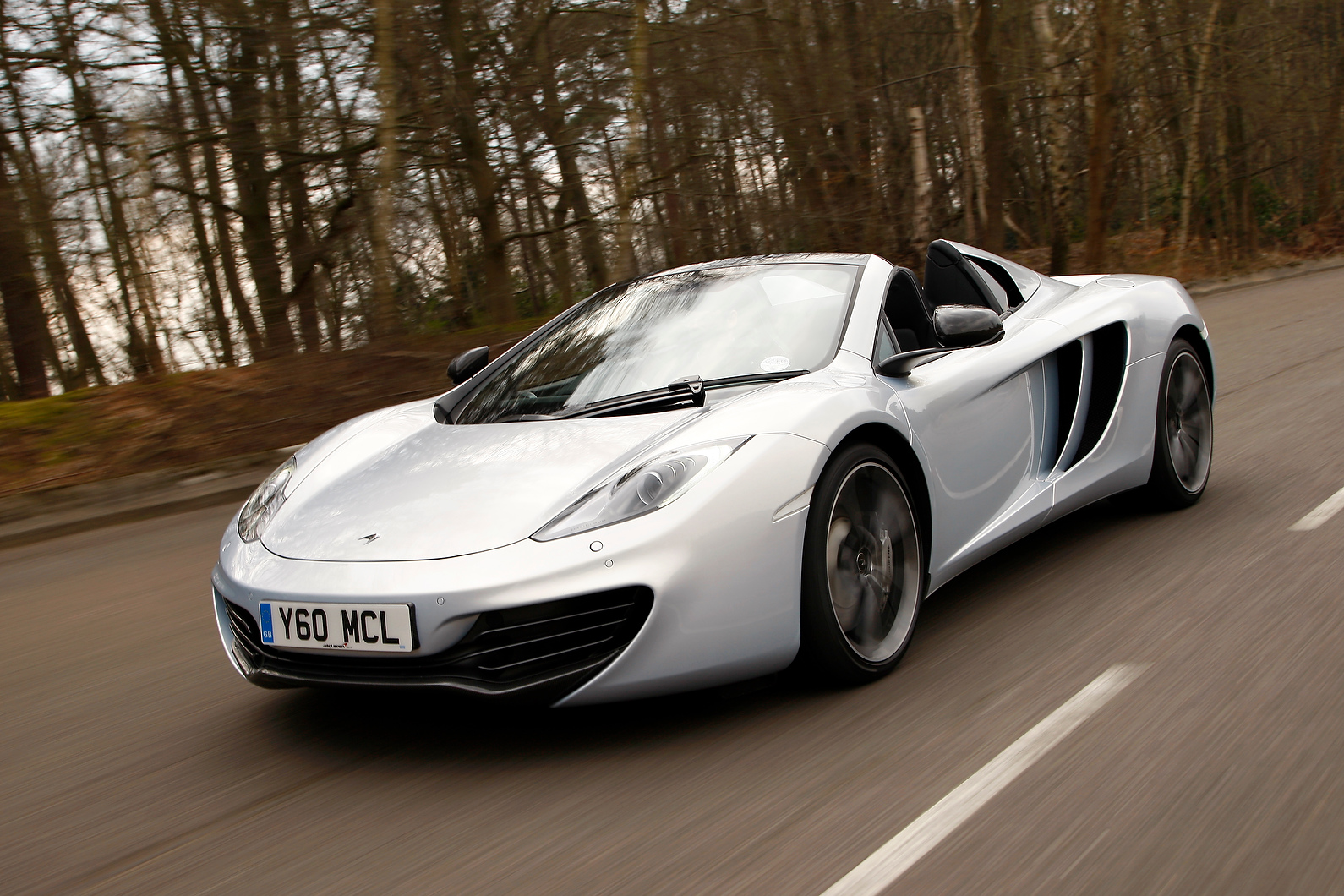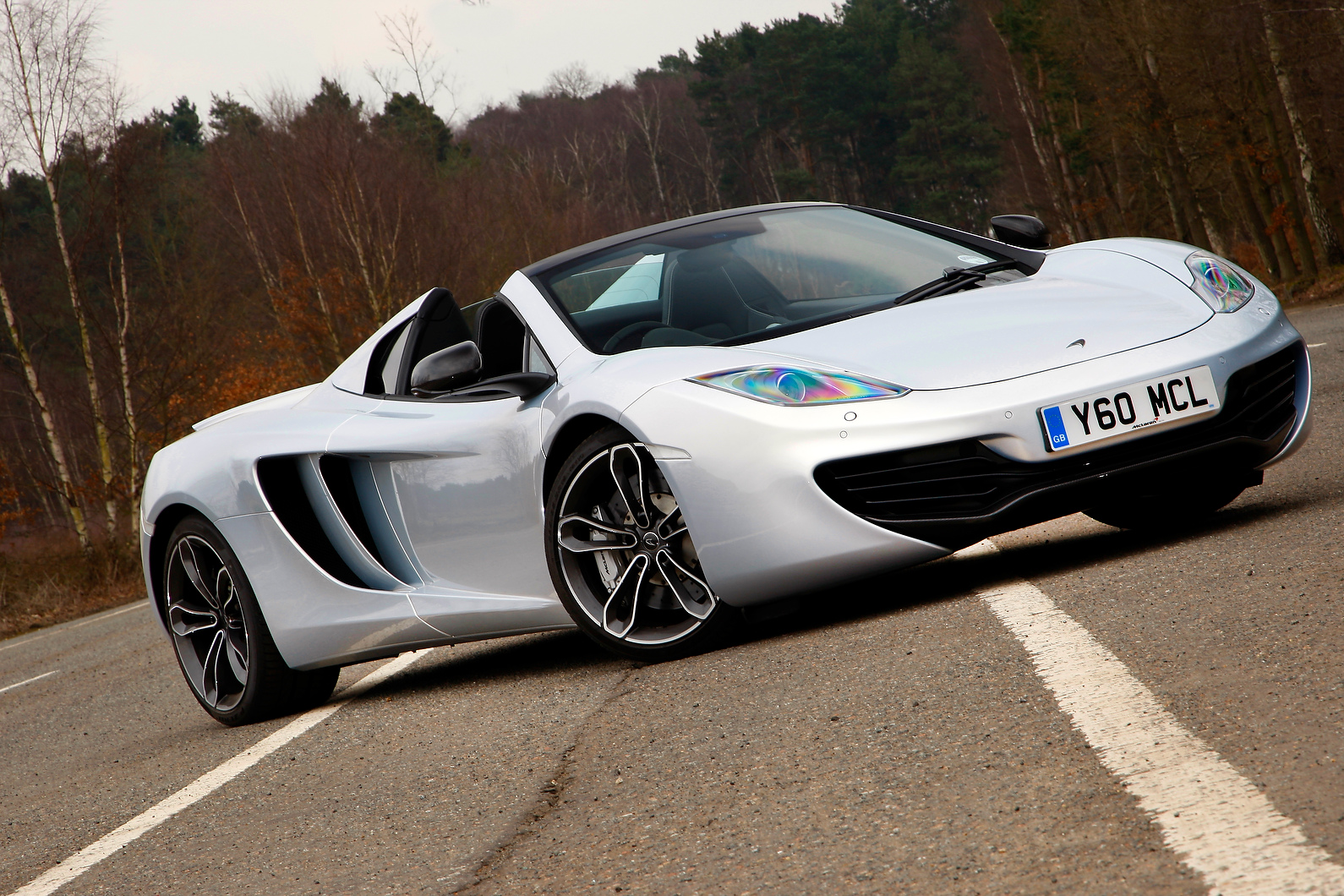We wouldn’t usually run another road test on a supercar, in this case the McLaren 12C Spider, just because it had been de-roofed since we first drove it, but such are the depth of changes that McLaren has effected on the 12C since we road tested it in June 2011 that it seems worth revisiting.
Prior to the 12C, McLaren’s only standalone sports car was the F1 – the 1992-1998 sports car that astonished the world, could reach the far side of 235mph, hit 60mph in 3.2sec and 100mph in 6.3.
And although McLaren was heavily involved in the Mercedes-Benz SLR McLaren, it would be 17 years after Autocar’s 1994 road test of the F1 before we were able to road test a pure McLaren again.
It wasn’t like the 12C was anything like a failure the first time around: we awarded it a 4.5 star rating, just half a star shy of our maximum score. But also, painfully, half a star shy of the rating we’d given the Ferrari 458 Italia, and we were hardly alone.
If you were in the market for a sub-£200k mid-engined supercar, we reasoned, Maranello would be where to send the cheque.
Since then, however, McLaren has been beavering away to make changes with the kind of speed that only a motorsport-based team can envisage, and this Spider – which was always in the model plan - has arrived with a number of alterations over the launch-spec 12C.


